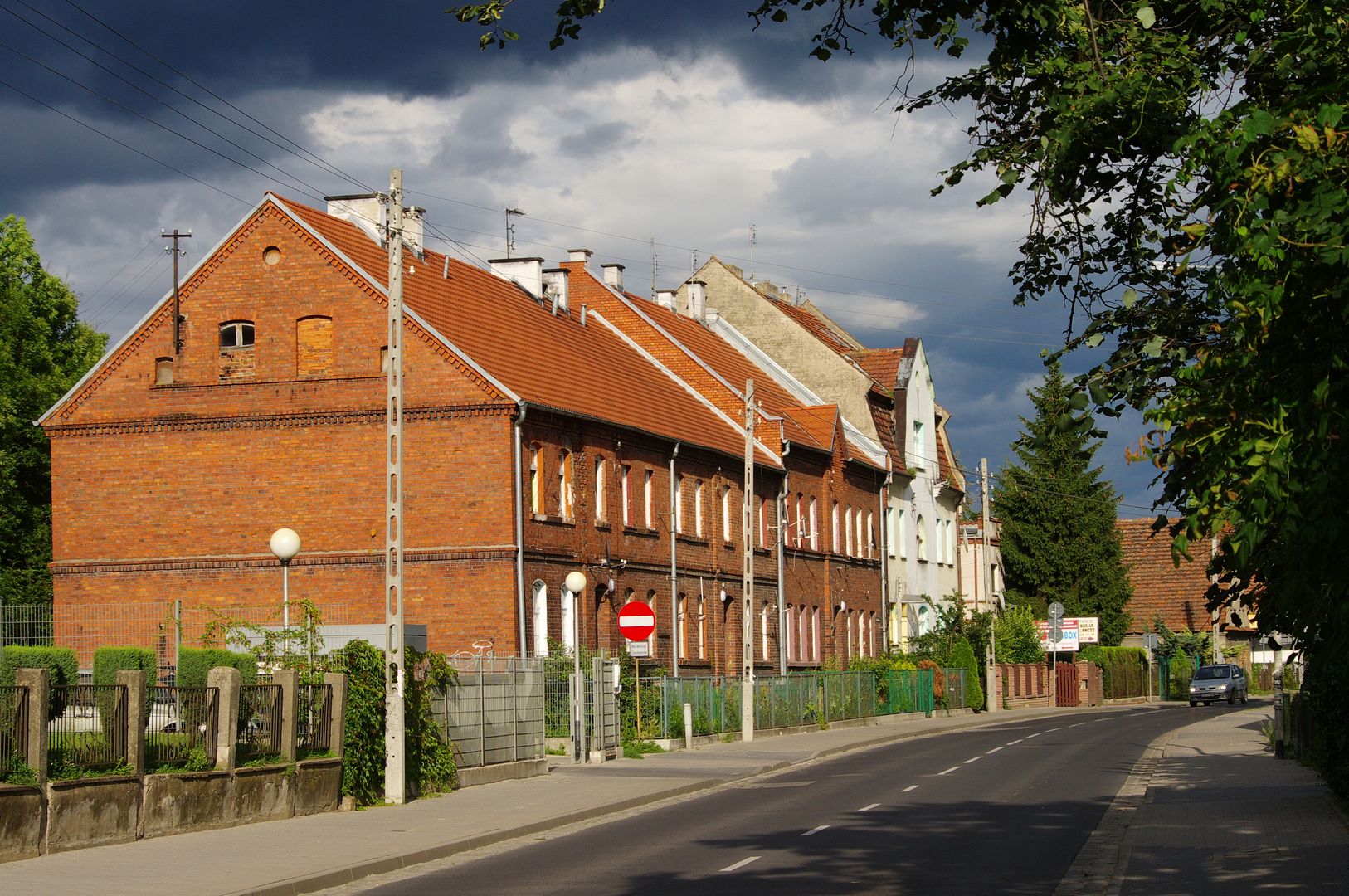Wielki Muchobór
6.42

Overview
Muchobór Wielki, once a village and now a district in the western part of Wrocław, is a place rich in history and culture. The name "Muchobór Wielki" was first used in 1315, indicating the separation of Muchobór Mały as a distinct settlement. The area is home to an old church dedicated to the Archangel Michael, mentioned in documents as early as 1347. In 1474, on a hill between Muchobór and Karncza Góra, negotiations took place between the kings of Poland, Bohemia, and Hungary, which concluded with a truce. Interesting legends associated with Muchobór tell of three ancient stone crosses, which may be linked to the meeting of the rulers or to outbreaks of the plague. In the 19th century, the village was inhabited by a Polish-speaking population; both Polish and German names of the locality have been preserved, with "Muchobór" deriving from the combination of the words "muchy" (flies) and "boru" (forest). By 1912, the population had exceeded 2,000. The district transformed after World War II and is now fully integrated into Wrocław. Muchobór is also home to the greenhouses of the State Horticultural Farm and the Wrocław Format Club, which enriches the local cultural life. Architecturally, the 16th-century Church of St. Michael the Archangel stands out and is listed in the provincial register of historical monuments. Transportation to the district is provided by numerous bus lines and the Wrocław Zachodni railway station, facilitating access to the city center and surrounding areas. Muchobór Wielki, with its rich history and developing infrastructure, is a fascinating part of Wrocław.
Location
Tickets
Powered by GetYourGuide
2025 Wizytor | All Rights Reserved